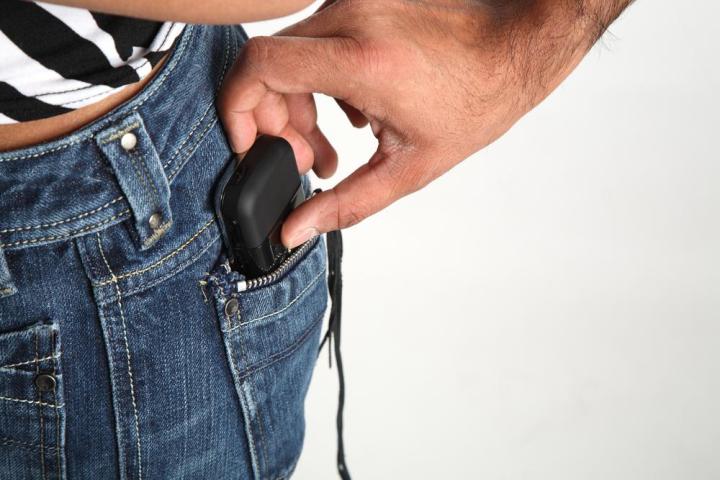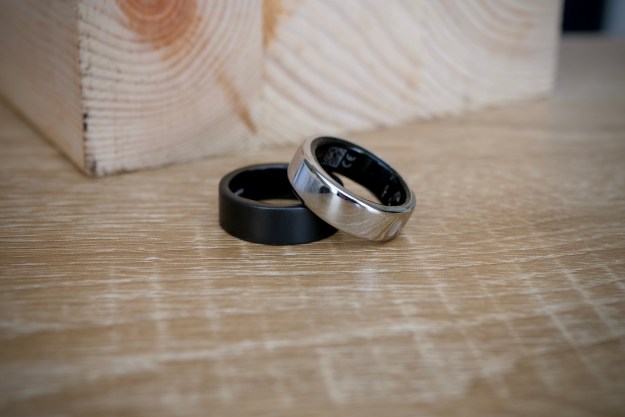
Undercover reporters working for the BBC in the UK have shown how easy it is for thieves to sell stolen mobile phones. However, rather than ship them abroad, sell them on the street, or through a private advert on a site such as Craigslist, the phones were sold to retail outlets dealing in used mobile devices. The report also highlighted how blocked identification numbers were no match for the resourceful criminal.
The operation saw reporters armed with a selection of phones, each of which had been made to look like it had been recently stolen. To make them as realistic as possible, calls were made and received, and messages were sent. Each device was then personalized with contacts, and had its own wallpaper added. Finally, they were blocked with the network, and any remote location feature was activated, such as Apple’s Find My iPhone. In some cases, a message saying “This mobile has been stolen and locked” was on the screen.
You’d think this would put store owners off buying one, wouldn’t you? For most, it would, but not all of them according to the BBC’s findings. Visiting a selection of stores in East London, evidence was collected on video of staff purchasing the “stolen” phones, and in some cases, making life easier for the “criminal” by offering helpful tips for not getting caught. For example, one staff member told the reporter to turn off the phone and remove the SIM card, otherwise “they can track you.”
The BBC was working on information given to them that eight shops in the East London area were happy to by stolen phones. Several of the shops are named by the BBC, but the footage from the operation hasn’t been made public. The report goes on to demonstrate the simplicity with which the IMEI number can be altered, which changes the phone’s identity and removes any block placed on the device by the network.
This is a blow to the effectiveness of the international stolen phone database. The database contains the IMEI number of each phone reported stolen to a network, blacklisting the device and making it – in theory – impossible to reconnect. In November last year, all four major U.S. networks were confirmed as contributing to the list. Should IMEI blocking become less of a deterrent for thieves, then perhaps the so-called “Kill Switch” a money-saving plan championed by Samsung and San Francisco District Attorney George Gascon will gain more traction in the near future.
In the past year, says the BBC, phone thefts averaged out to 80 per day in London.
Editors' Recommendations
- iOS 17: How to show battery percentage on your iPhone
- How to watch Apple’s iPhone 15 event today: 5 easy ways
- Using an Android phone showed me just how bad iOS notifications really are
- iPhone 13 comes out on top in new SellCell value depreciation report
- Apple shows how to shoot ‘otherworldly’ night mode shots on the iPhone




